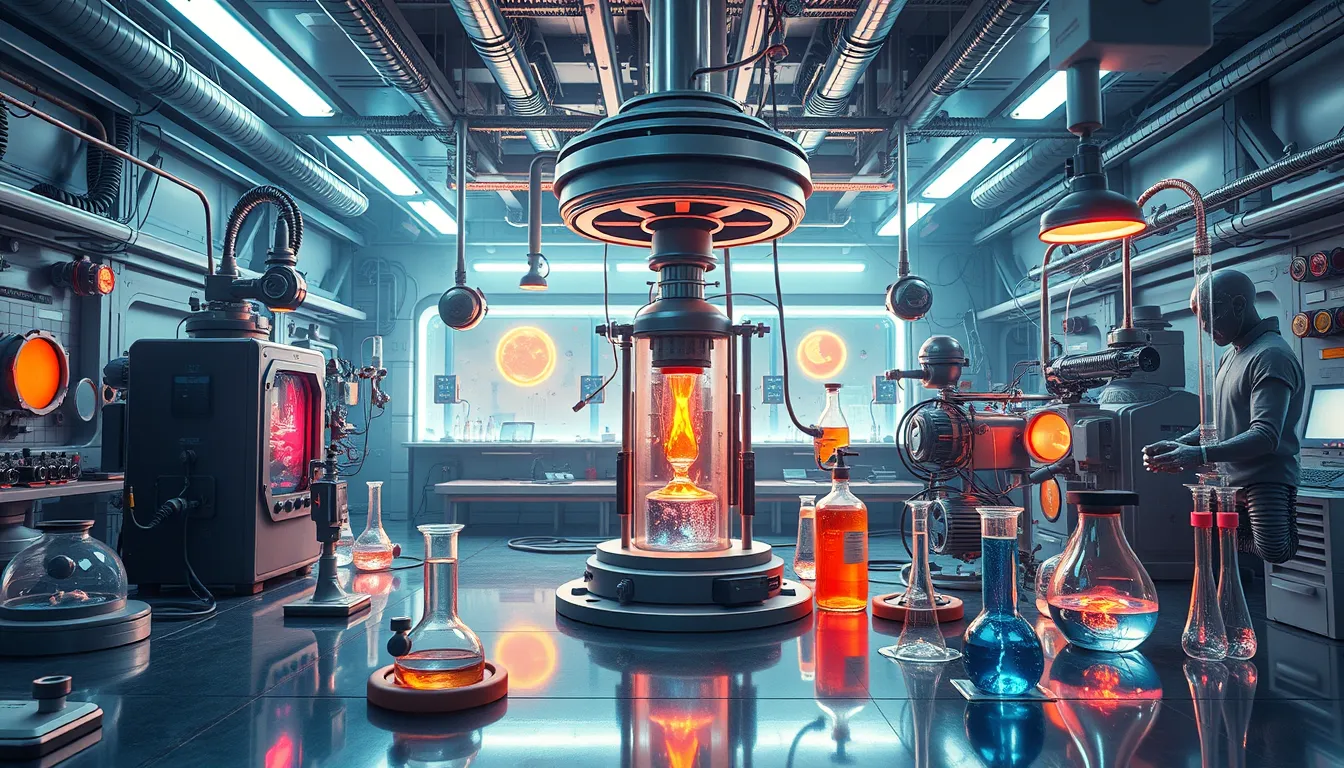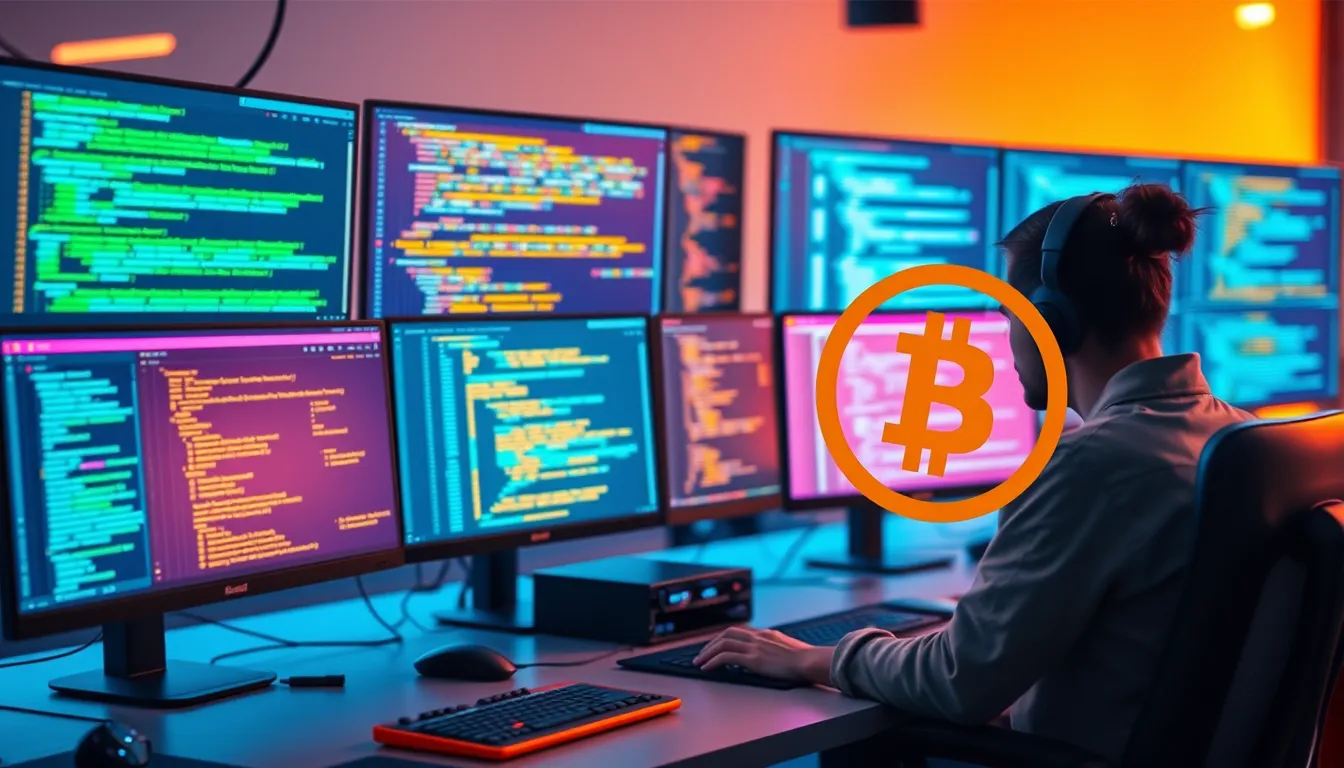Now Reading: Innovative AI Physics Experiments: Shaping Scientific Frontiers
-
01
Innovative AI Physics Experiments: Shaping Scientific Frontiers
Innovative AI Physics Experiments: Shaping Scientific Frontiers

Innovative AI Physics Experiments: Shaping Scientific Frontiers
In today’s rapidly evolving scientific landscape, the fusion of artificial intelligence with physics is creating a paradigm shift in how experiments are designed and executed. Researchers are leveraging AI to devise experimental setups that not only challenge traditional methods but also accelerate the pace of discovery. This article explores the realm of AI physics experiments, delving into how advanced algorithms and machine learning in physics are bringing about innovative physics experiments that expand our understanding of the universe.
The Evolution of Experimental Design in Physics
The integration of AI in physics experiments marks a significant milestone in scientific research. With the advent of powerful machine learning algorithms, experimental design has shifted from conventional trial-and-error methods to a more data-driven approach. AI systems can analyze vast datasets, interpret historical results, and simulate numerous scenarios to propose experimental setups that might seem unconventional at first glance. These AI physics experiments are pushing the boundaries of what is possible in scientific inquiry.
How AI is Transforming Experimental Methodologies
Traditional experimental methods often rely on human intuition and established protocols. However, when AI is introduced, the experimental process becomes more dynamic. Some key aspects include:
- Data-Driven Insights: AI algorithms evaluate large quantities of data to identify patterns that might be overlooked by human researchers. This leads to more precise experimental designs that can predict outcomes more accurately.
- Risk-Taking and Innovation: In many cases, AI physics experiments involve calculated risks. The AI proposes unorthodox setups that challenge conventional wisdom, resulting in breakthroughs that can redefine scientific principles.
- Efficiency and Speed: By automating the design process, AI significantly reduces the time taken to move from hypothesis to testing. This streamlined approach fosters a more efficient research environment.
Unconventional AI-Designed Physics Experiments
A standout trend in modern research is the emergence of unconventional AI-designed physics experiments. These experiments utilize advanced machine learning for unconventional physics experiments that inspire new directions in research. For example, AI-driven models have been used to optimize experimental conditions in high-energy physics, leading to discoveries that push the limits of our current understanding.
Case studies from leading research institutions showcase several instances where AI has contributed to transformative physics research. In one notable project, AI algorithms analyzed complex interactions within particle accelerators, predicting experimental outcomes and suggesting novel approaches to particle collision tests. Such innovative physics experiments not only validate traditional theories but also open up new avenues for exploration by revealing anomalies that warrant further investigation.
The Role of Machine Learning in Physics Research
Machine learning in physics is at the heart of AI experimental design. By incorporating statistical models and predictive analytics, researchers are now able to:
- Enhance the precision of measurements in experiments.
- Identify unexpected correlations and causations in experimental data.
- Optimize resource allocation in large-scale experimental setups.
These advanced capabilities underscore the importance of harnessing AI for designing experiments that are not only innovative but also robust and reproducible. Resources such as the American Physical Society and OpenAI provide valuable insights into the convergence of AI and physics, offering a glimpse into how technology can reshape scientific inquiry.
The Future of AI Physics Experiments
The future of AI physics experiments is incredibly promising. As AI technology continues to advance, its applications in experimental physics are bound to grow exponentially. Here are some outlooks for the coming years:
- Increased Collaboration: Collaborative efforts between AI specialists and physicists will likely lead to even more groundbreaking discoveries. This cross-disciplinary approach is key to overcoming complex scientific challenges.
- Enhanced Experimental Reproducibility: With more advanced data analysis and simulation tools, experiments will become more reproducible, ensuring that findings are reliable and verifiable.
- Expanding Research Horizons: AI will encourage exploratory research into areas that were once considered too risky or impractical with traditional methods.
In addition to redefining experimental methodologies, the integration of AI also raises important discussions about ethics and transparency in scientific research. As with any emerging technology, maintaining a balance between innovation and responsible usage is critical to ensure that AI serves as a beneficial tool in advancing science.
Conclusion
AI physics experiments represent a revolutionary leap in experimental design and research methodology. The marriage of AI and physics has already begun to yield transformative results, from streamlining experimental processes to uncovering unconventional research insights. As machine learning in physics continues to evolve, we can expect further enhancements in experimental accuracy, efficiency, and creativity.
The transformative power of AI is clear: by enabling researchers to push beyond traditional constraints, it opens up the possibility of discoveries that not only challenge our current understanding of the physical world but also pave the way for future innovations. For those interested in exploring more about the role of AI in experimental physics, further readings and discussions can be found on respected platforms such as IBM’s machine learning resources.
In summary, innovative AI physics experiments are not just a proof of concept—they are the vanguard of a new era in scientific research. As we continue to embrace this technology, the potential for groundbreaking insights and revolutionary advances in physics becomes limitless, offering exciting prospects for science and technology enthusiasts across the globe.

























